Have you ever wondered how that perfect outfit you adore makes it from the designer’s head to your wardrobe? The process is an incredible journey into art, science, and fashion. In this blog, we will explore the basic principles and elements of garment design and production, breaking down the core components that make every piece of clothing unique and captivating.
But that’s not all! We will also delve into the basic principles of fashion to understand how the magic of fashion works. So, whether you’re an aspiring designer or a fashion enthusiast, get ready to unlock secret clothing design tips and learn how to make clothes that look good and sell like hotcakes. Keep reading to learn more!
The Basic Principles & Elements of Cloth Designing
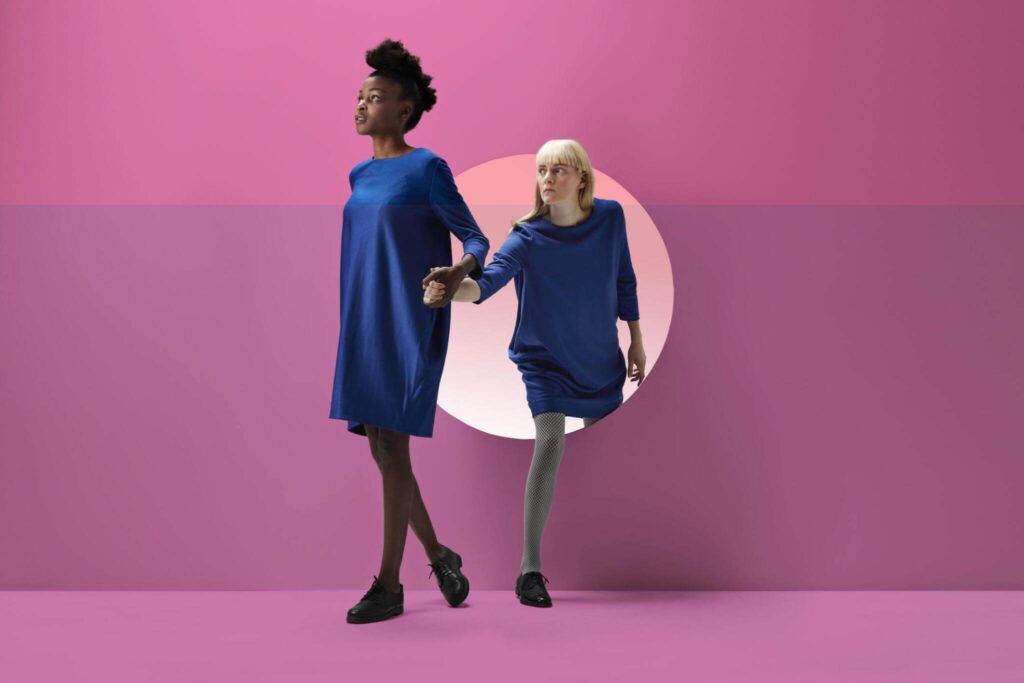
Understanding the basic elements and principles of clothes design is necessary to become a competent designer. Fashion designers are taught to take into account five fundamental components to create clothing that is both visually captivating and unique:
- Shape and form
- Line
- Color
- Space
- Texture
And five basic principles:
- Proportion and scale
- Balance
- Unity (Harmony)
- Rhythm
- Emphasis
Design Elements
1. Line:
It gives the length and width in visual terms. Combining lines defines forms and shapes and encloses space. Lines give the eyes a line of sight when an object or garment is worn. Clothing might appear heavier or thinner than it is depending on how the lines are arranged:
- Horizontal line
- Vertical line
- Oblique line
- Diagonal line.
- Curved line, etc.
Darts, seams, and ornamental elements produce lines inside a garment. Every type of line creates a unique impression. Curved lines are the lines of nature; they are graceful and have a feminine effect.
On the other hand, straight lines and shapes indicate force and strength and have a male quality. The usage of lines is the most useful fashion design tip for beginners. Lines can be utilized to emphasize or detract from a specific figure type since they give the appearance of height and width.

2. Shapes & Form:
Form is what makes things up. It is an object of three dimensions in terms of length, width, and depth in art and design. The human body is a form; its different viewpoints become apparent when we examine it critically. Clothes visually alter the human form, especially when fashion shifts.
The shape explains an object’s external measurements or contour. Additionally, the shape encloses space and gives the object in view a particular quality. The human body’s shape is frequently, if not always, distorted in the design of clothes. How clothes fit on a human body conveys information about the wearer without using words.
Every fashion period has a distinct shape for the garment that, once established, can be altered and restyled for variation in design without changing the fundamental shape of the garment. The shapes can be raglan, flared, circular, or straight. In other words, they can appear gradually or evolve suddenly.
It has been noted that a garment with an easy-fitting shape is more likely to be accepted, vary widely, and last a long time; in contrast, a garment with a tight fit is typically not meant for anybody except the ideal figure type. Therefore, it is advised that the designer select an easy silhouette to continue developing for a longer period.
3. Space:
Forms and shapes are surrounded by and filled with space. Every form or shape in dress design holds a spatial location. Space is the region that surrounds, above, below, or behind an object as a design component. There are only two dimensions to a flat surface.
This indicates that it lacks depth but has length and width. Real depth or space cannot be created on a flat surface, but an appearance of depth, distance, or space can be achieved. Artists and designers employ various techniques to create the illusion of depth and space, tricking the viewer into believing they are looking at something other than what is there.
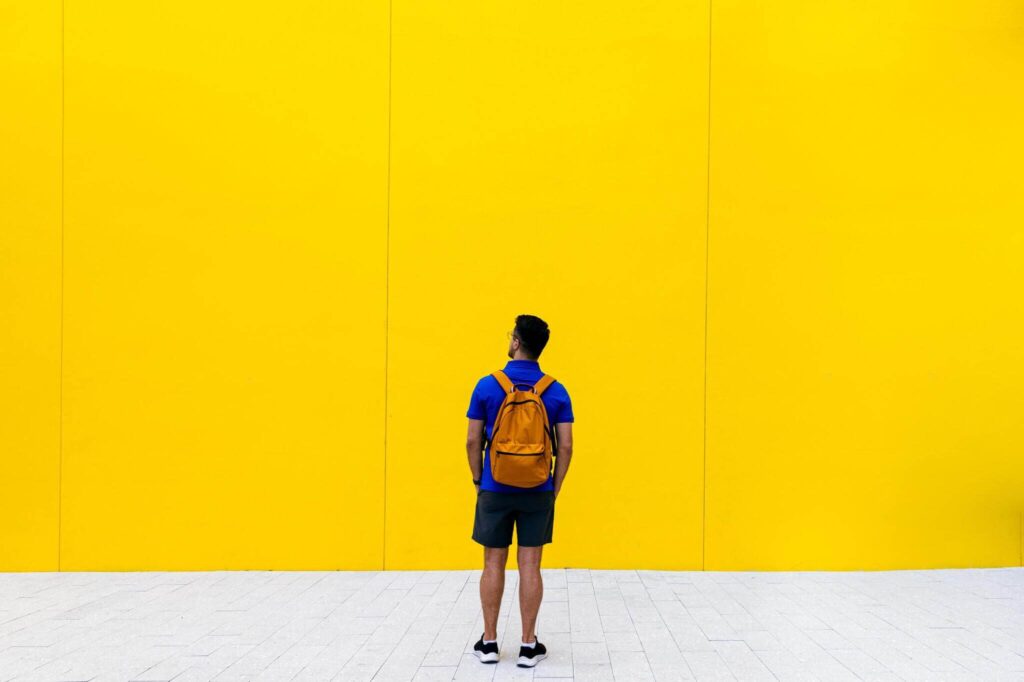
4. Texture:
Given a small sample of fabric, the designer may envision the texture and fall of the fabric, which helps in further design for clothes. Texture is the fabric’s feel, drape, and degree of stiffness and softness. It also provides a visual effect on the wearer.
5. Color:
The first thing that comes to mind when discussing design principles or beginning with a specific design theme is the fabric’s color and feel. The fashion industry’s top producers, exporters, and textile specialists choose the colors that come out each season or sometimes.
In all areas of design and design-related industries, color is essential. It is advised that amateurs focus on the current color trends, enhancing their creativity, collaborating with textile designers, and creating fresh perspectives on preexisting designs. Corporate identity is promoted through color.
The best way to design clothes is with a creative notion. Additionally, one must use extreme caution while selecting a color because it makes a first impression and can either enhance or detract from one’s appearance. Useful color choices can improve even the most basic outlines.
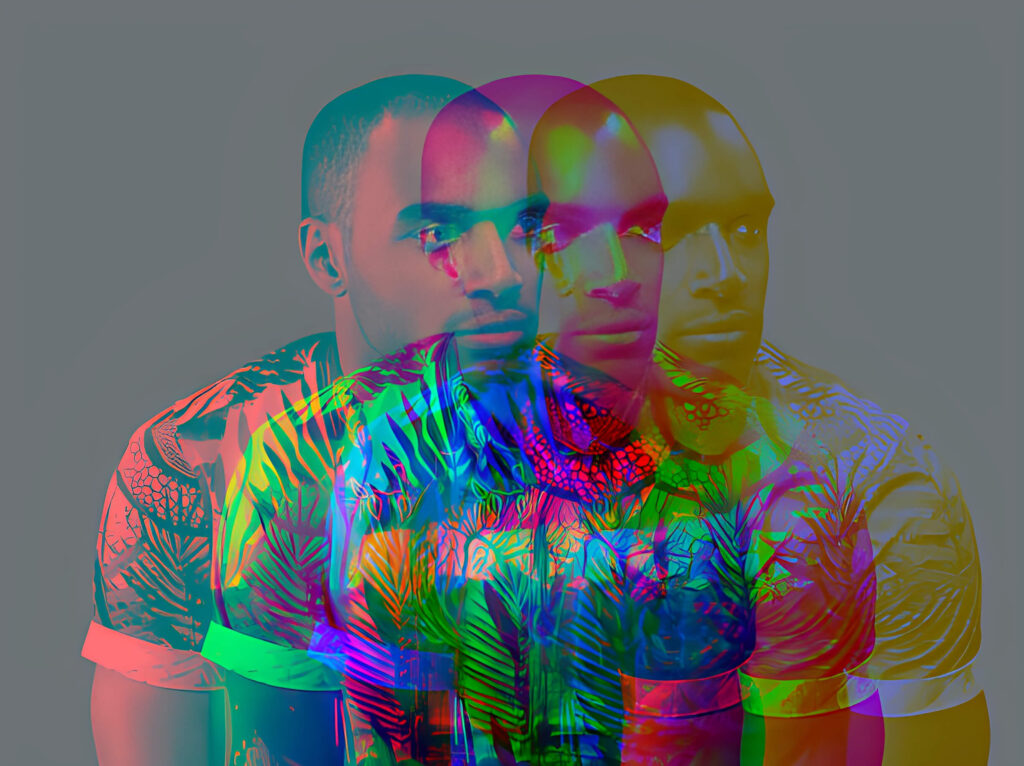
Design Principles
1. Proportion and scale
The sense of unity that results from all the parts—sizes, amounts, or numbers—relating to one another well is known as proportion. The size of the head with the rest of the body might be considered the proportion when drawing a human figure.
The relative harmonious relationship between two or more parts in a composition in terms of size, color, and quantity is known as proportion in art. Most of the time, proportion is overlooked until something is out of balance. “Out of proportion” refers to when the relative sizes of two elements being compared appear incorrect or unbalanced.
We would consider someone out of proportion if, for instance, their head was larger than the rest of their body. Greek mathematicians devised a rule known as the “Golden Mean,” frequently used to calculate a desirable proportion.
2. Balance
The idea of balance pertains to our physical sense of equilibrium, also known as visual equilibrium. The balancing of conflicting forces in a composition gives the image stability. Balance refers to the dress’s general stability and the appropriate placement of its components and details. Well, visual harmony is produced by a well-balanced outfit. There are two divisions in the balanced fashion design as well. Such as:
- Symmetric Balance
- Asymmetric Balance
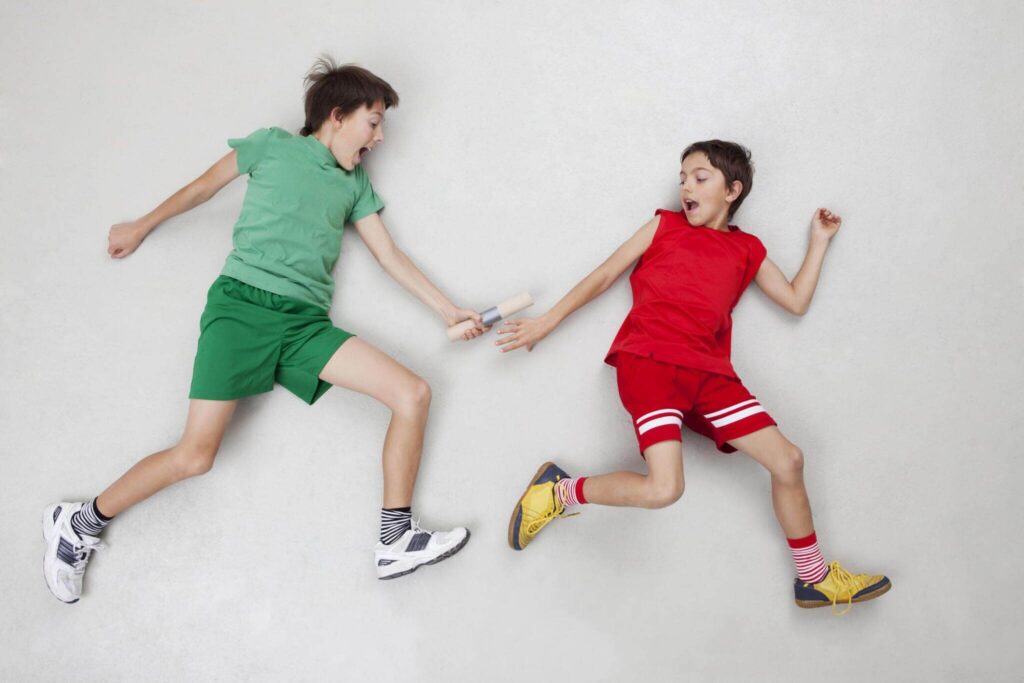
3. Unity (Harmony)
Unity, another name for it is a HARMONY of design. A healthy balance between variety and unity is necessary to prevent a chaotic or lifeless design. In a piece of art, unity refers to harmony that permeates every component and gives the piece a sense of completion. It’s challenging to define the concept of unity. Defining the concept of unity can be challenging, but it is through unity that the main purpose and appearance of clothing production processes are ensured.
4. Rhythm
When one or more design components are employed repeatedly to give the impression of ordered movement, rhythm is produced. Much like music or dancing, rhythm evokes feelings. Variety in rhythm is crucial to maintaining its excitement and energy.
While repetition is a useful technique for drawing the eye across a design, it may rapidly grow boring to look at in the absence of change. Think about how quickly you would like your work to be seen by others. The sooner your audience’s brain registers your design, the more repetition you employ, yet the faster it becomes bored! Try incorporating a few small modifications into your repeat to keep people interested.
5. Emphasis
The focus of attention on a chosen field of design is called emphasis. Designers typically use contrast to draw attention to one area by separating it from other regions. The area may vary in shape, size, color, texture, and other factors. Typical facts for emphasis include:
- Emphasis using value (light and dark).
- Emphasis on using complementary colors and atmospheric perspective.
- Examples of emphasis and subordination in the artwork.
- Emphasis on using color.
10 Fashion Design Tips to Design Clothes That Sell
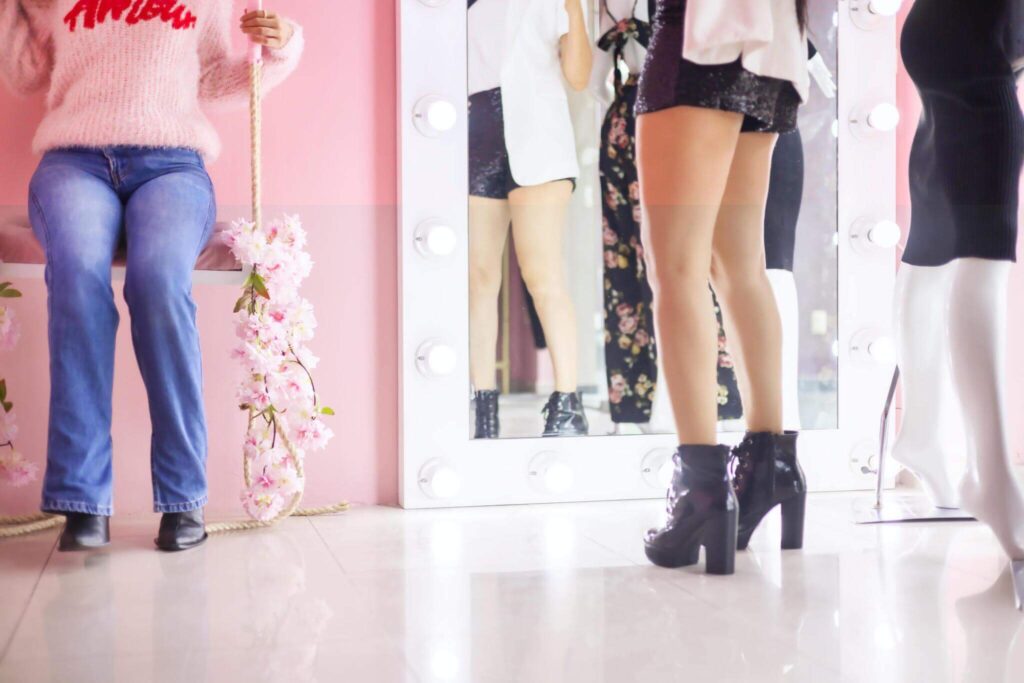
1. Understand Your Target Audience
To start designing clothes first carry out thorough research on the age, gender, location, and lifestyle of your target audience. Are they young professionals, fitness enthusiasts, or fashionable individuals?
Understand their fashion preferences, whether casual, formal, classic, or contemporary. This insight will guide your design choices. Identify the clothing needs and the specific challenges your audience faces. For example, when designing activewear, consider functional and performance requirements.
2. Stay Informed About Fashion Trends
Subscribe to fashion magazines, websites, and blogs for the latest news, designs, and collections. Attend fashion shows whenever possible or check online for current trends. Follow fashion influencers and brands on social media platforms like Instagram and Pinterest to stay updated on upcoming trends.
3. Choose the Right Fabrics and Materials
Research and experiment with different fabrics to understand their properties and applications. Cotton, silk, wool, and synthetics each have their unique properties. Consider how the fabric works and how to make designer clothes out of it.
Absorbent and breathable fabrics are important for sportswear, while luxury clothing may require luxurious fabric coverings. To ensure the longevity of your design, choose materials that can withstand damage, washing, and environmental conditions.
4. Pay Attention to Detail and Quality
One of the best fashion designer tips is to ensure the lines are perfect, the borders are well finished, and any decorative items are securely attached. High-quality artwork enhances the overall look and durability of your design. Prioritize comfortable and appropriate clothing.
Clothes should not only look good, but they should be comfortable to wear for long periods. Focus on buttons, zippers, embellishments, and other finishing touches. This information makes your design better and more interesting.
5. Create a Unique Brand Identity
Create a strong brand statement that reflects your design philosophy, values, and uniqueness. This is the true essence of designing your clothes. Share your journey and the inspiration behind your designs. Create visual distinction with your logo, color scheme, and design elements.
Consistent branding helps customers recognize your brand. Focus on what makes your brand different from others in the market. Whether it’s sustainable practices, exclusive content, or a unique style, highlight your USP.
6. Focus on Functionality and Comfort
Make sure your clothes fit well and look good on different body types. Offering a variety of sizes and extra sizes can expand your customer base. Prioritize ease of wear and efficiency. Clothes should be easy to access and maintain. Avoid designs that are too complex or uncomfortable.
7. Embrace Sustainable Practices
Consider using eco-friendly fabrics and organic cotton, bamboo, or recycled fabrics. Make sure your products are ethical and environmentally friendly. Consider local sourcing and appropriate professional practices. Reduce process and manufacturing waste, and find ways to use recycled or upcycled materials.
8. Keep Your Product Assortment Narrow
To be a clothes designer, start by specializing in a specific category, such as dresses, jackets, or accessories. Specialization allows you to focus on your expertise and create a niche in the market. Focus on mastering your chosen category’s details, style, and unique features. As you gain experience, you can expand your range.
9. Develop Effective Marketing Strategies
Use platforms like Instagram, Facebook, and Pinterest to showcase your designs and engage with your audience. Create a user-friendly e-commerce website where customers can easily browse, buy, and learn more about your brand. Provide informative and engaging content about fashion, design, and your brand through blog posts, videos, and social media updates.
10. Prioritize Branding and Storytelling
Craft a statement about your brand and design. Share the journey, inspiration, and passion that inspired your creative process. Maintain a consistent brand image and story across your marketing materials and customer interactions. Build an emotional connection with your audience by sharing stories and values that align with them. This relationship can build customer loyalty and trust.
Want To Create Clothing Lines Customers Love?
Partner With Our Manufacturing Experts Today!
Get A Free Quote!How Can I Be A Good Clothing Designer?
Being a good clothing designer requires a combination of creativity, technical skills, and knowledge of the industry. Here are some fashion designing tips to help you on your journey to becoming a successful fashion designer:
Develop Your Design Skills: Experiment with various looks, materials, and methods to further develop your artistic and creative abilities. To expand your portfolio, sketch and create clothes designs regularly.
Learn the Basics of Sewing: Although being a skilled seamstress is not a must for designers, it is important to grasp the fundamentals of sewing and clothing creation. This information helps you successfully convey your design concepts to producers and pattern makers.
Take Formal Education or Courses: Before you start designing clothes, to learn about fashion design principles, pattern making, draping, and garment production, look into registering for a fashion design school or attending related courses. A solid career foundation can be achieved through formal schooling.
Build a Strong Design Portfolio: Build a thorough portfolio that highlights your finest work. Add any related projects, drawings, pictures of finished designs, and illustrations. An essential tool for landing a job or a client is your portfolio.
Intern or Gain Work Experience: You can obtain real-world experience and learn from experts by working in the fashion sector or interning with well-known designers. Experience in the real world is invaluable.
Embrace Technology: Learn how to use design programs like Adobe Illustrator or programs specifically for fashion design. Professional patterns and designs can be made easier with the help of these tools.
Develop Your Unique Style: While keeping up with trends is important, don’t forget to create your distinctive design aesthetic. In a crowded field, your style will help you stand out.
Seek Feedback and Critique: Never be reluctant to ask mentors, colleagues, or even prospective clients for constructive criticism. Constructive feedback might assist you in developing and enhancing your designs.
Start Small and Build Your Brand: To kickstart your journey in the world of fashion, consider starting a clothing line or taking on freelancing employment. This can be a strategic move to gain valuable experience and establish your brand identity. By following this systematic approach, you can progressively build your reputation in the competitive and ever-evolving fashion industry.
The Runway to Conclusion!
Creativity and innovation have filled the lane, from the basics and principles of design logic to knowledge of how to design and sell clothes. Remember that every texture, every color, and each piece of art tells a different story. So, let your creativity flow, your passion spark, and your brand identity stand out.
Ready to unleash your inner fashion designer and explore the art of clothing creation? Learn how to be a clothing designer and embark on a stylish and lucrative career today!







